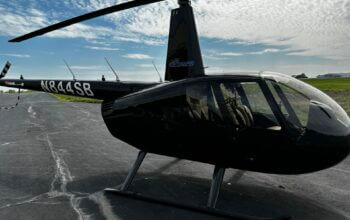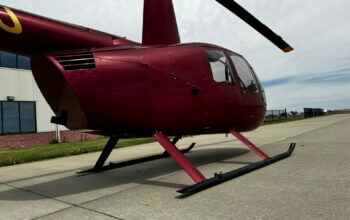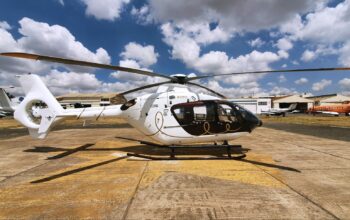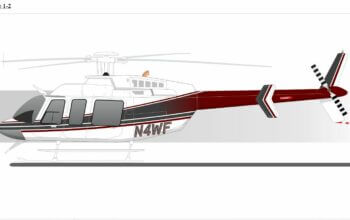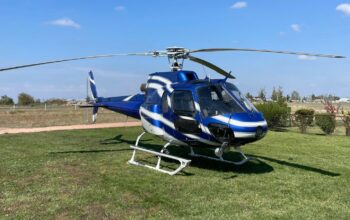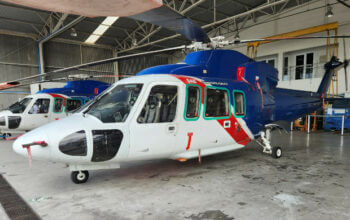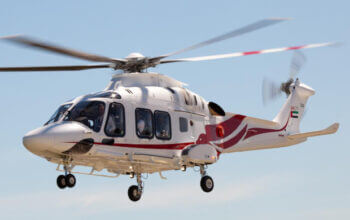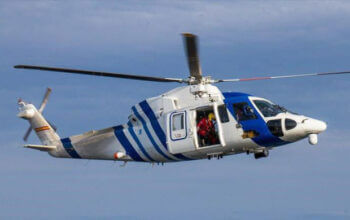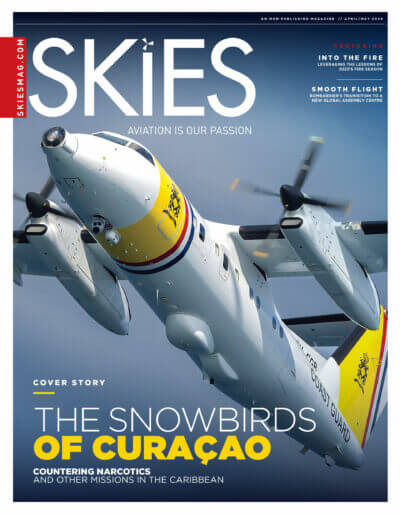Estimated reading time 5 minutes, 52 seconds.
Boom Supersonic’s XB-1, described by the company as the world’s first independently developed supersonic jet, has made significant progress on its path towards its maiden flight.
Since being transported from Boom’s Colorado hangar to the Mojave Air & Space Port in California earlier this year, XB-1 has “undergone extensive ground testing,” including the completion of a taxi test on Aug. 23 — where the aircraft reached a speed of 60 knots.
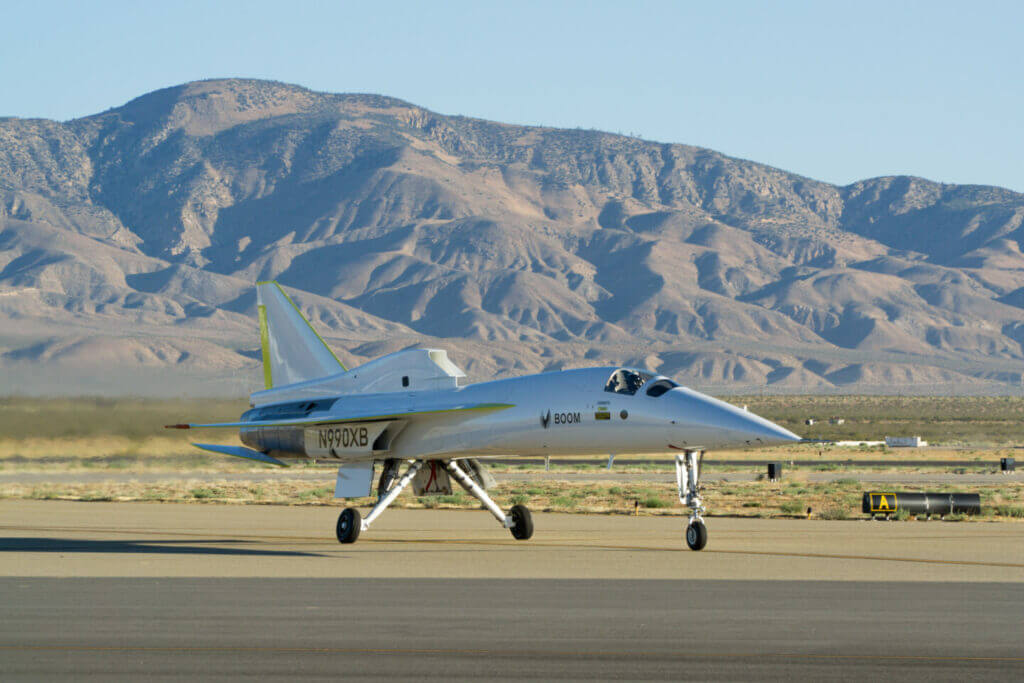
“The recent progress made towards XB-1’s first flight reflects the team’s collective efforts to build and safely fly the world’s first independently developed supersonic jet,” said Blake Scholl, founder and CEO of Boom Supersonic, in a statement.
A significant endorsement of XB-1’s airworthiness came from the U.S. Federal Aviation Administration (FAA), which recently granted the aircraft an experimental airworthiness certificate following a “detailed aircraft inspection,” Boom said.
The company also shared that it has secured letters of authorization for chief test pilot Bill “Doc” Shoemaker and test pilot Tristan “Gepetto” Brandenburg to fly the XB-1 on its inaugural flight over the Mojave Desert.
The upcoming historic first flight holds even more significance as it will take place in the same airspace where aviation milestones were set in the past, including Capt Charles “Chuck” Yeager’s breaking of the sound barrier in the Bell X-1, and the first flight of the Mach 3+ SR-71 Blackbird in 1964.
Boom noted that agreements with airspace authorities have been solidified to greenlight future XB-1 flights over the iconic desert.
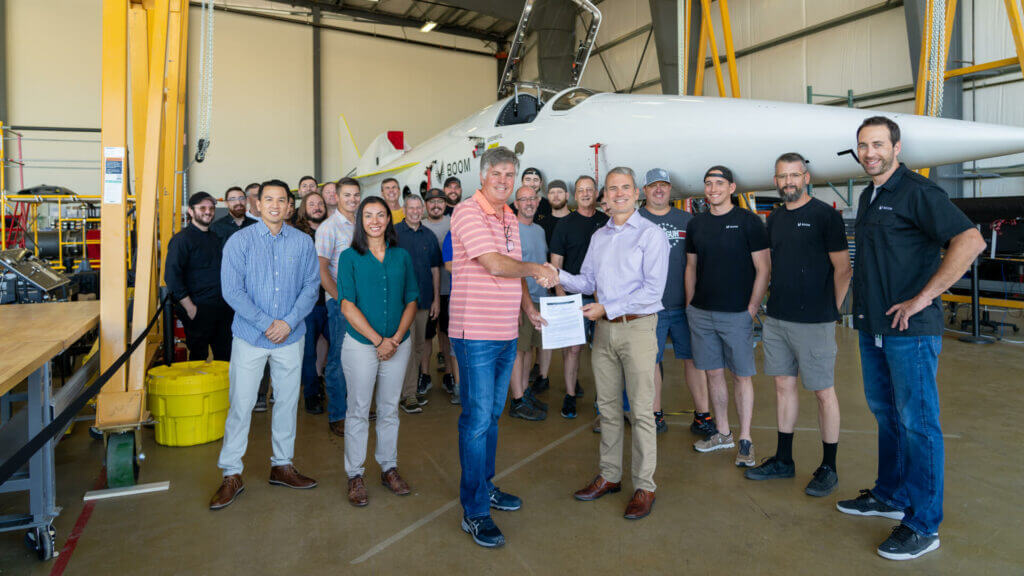
“It’s fitting that XB-1 is now progressing toward first flight at the Mojave Air & Space Port, home to more than 50 first flights and other significant aviation events,” said chief test pilot Shoemaker. “I’m looking forward to flying XB-1 here, building on the achievements of other talented engineers and pilots who inspire us every day to make supersonic travel mainstream.”
To prepare for a safe maiden flight, Boom’s test pilots have dedicated extensive hours to the simulator for aircraft evaluation, operations development, training, and human factors assessments. Additionally, the pilots have maintained their flight proficiency using a T-38 trainer aircraft, which will serve as a chase plane during all XB-1 flight tests. The T-38 will also enable the test pilots to practice formation flying, Boom said.
The XB-1 jet was fully assembled in October 2020 and subsequently revealed to the public for the first time.
The aircraft — powered by three General Electric J85 engines that collectively generate a maximum thrust of 12,300 pounds of force — features a 71-foot carbon composite and titanium fuselage. The distinctive ogive (modified delta) wing allows the jet to safely take off and land and enables supersonic speeds.
“XB-1 leverages 60 years of progress in airplane technologies like carbon fiber composites, advanced avionics, and digitally-optimized aerodynamics,” Boom stated.
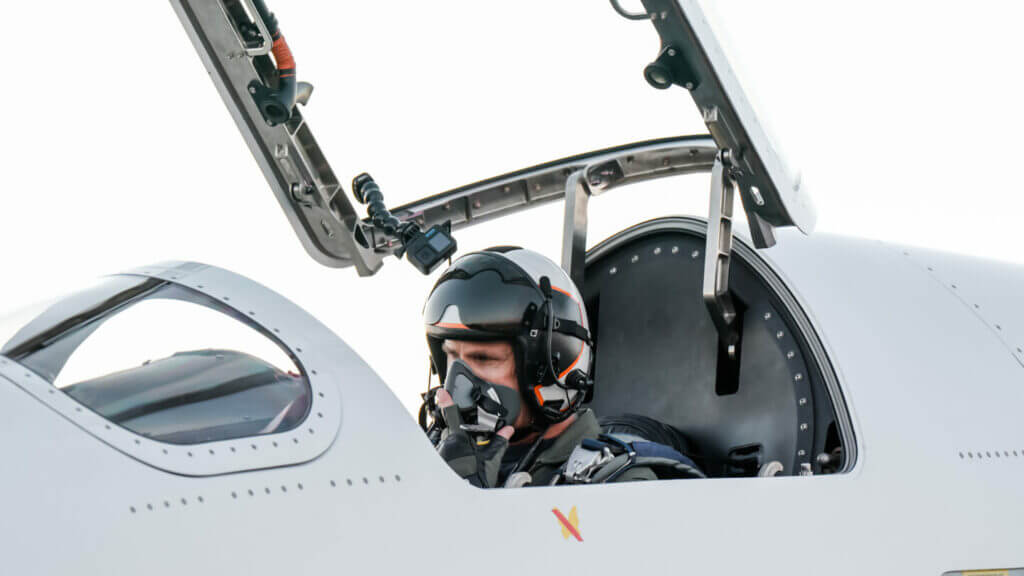
XB-1’s development journey has not only led to innovative achievements, but has also paved the way for Boom’s Overture program. Overture, described by Boom as a sustainable supersonic airliner, aims to achieve a speed of Mach 1.7 — twice that of current airliners. Moreover, the aircraft is designed to operate on 100 percent sustainable aviation fuel (SAF), aligning with the industry’s commitment to achieve net-zero emissions by 2050.
More details on the design of XB-1 can be found in this video.
